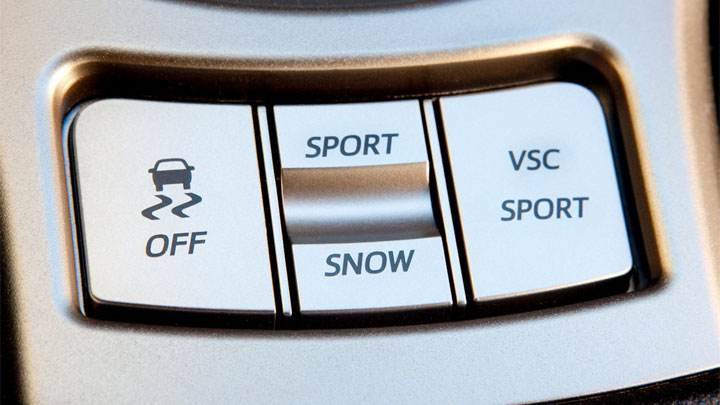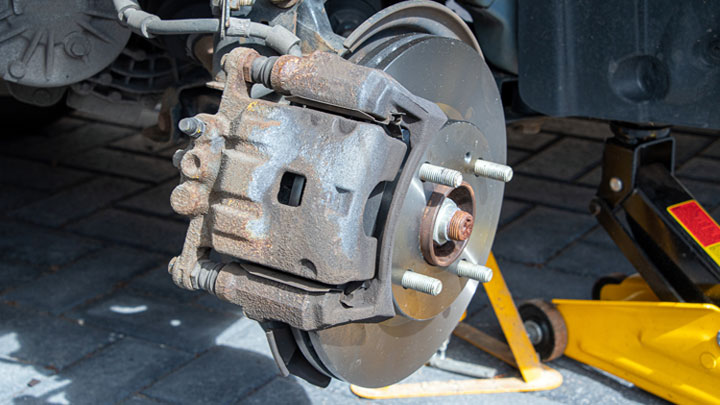Last Updated on April 20, 2022
Electronic stability control technology is designed to enhance the stability of a vehicle and to help it maintain traction on the road. Since it is electronic, you probably guessed that it uses a computerized technology to detect when the car is losing traction and starting to skid.
This is due to a series of sensors that are set up in the car to detect these things. Overall, if your vehicle swerves off the direction in which you have been steering, then a wheel brake will automatically be applied to each individual wheel.
For example, if you were to understeer on a turn, then your inner rear wheel would have a brake applied to it. If you were to oversteer, then your outer front wheel would have the brake applied.
See Also: How to Reset “Service AdvanceTrac”
Main Functions of Electronic Stability Control

Below are the 4 main sensors of electronic stability control technology which perform its essential functions.
#1 – Lateral Acceleration
The sensor for lateral acceleration is what detects the force and speed of your turns. This may be combined with other sensors as well but the lateral acceleration sensor is what detects whether you’re oversteering or understeering your turns.
#2 – Fishtail Prevention
There is something called fishtailing which describes when your car’s rear wheels start to have reduced traction. This is how oversteering usually occurs. This might happen if you’re driving on rough surfaces like roads covered with ice, snow, rain, gravel, or sand.
Fortunately, the yaw rate sensor detects the direction of your vehicle and when fishtailing is about to happen.
#3 – Steering Wheel Positioning
The steering angle position sensor is how the vehicle knows which direction you are trying to drive. It compares your steering to the actual direction in which the vehicle is going.
If the sensor finds the direction to be off course, it tells this to the control module and then braking is automatically applied to get the steering wheel back into position.
#4 – Wheel Speed Sensor
The wheel speed sensor is a very important sensor that all the other sensors really depend on. As this sensor detects the speed of your wheels, it will know how much brake power is needed under the given circumstance where you’re losing stability of your vehicle.
Read also: 5 Advantages of Drive-by-Wire Technology
It used to be that luxury cars only had electronic stability control technology in them, but not anymore. Most newer cars these days have it in them as well and you don’t have to spend $50k to get it.
Once you have experienced the benefits of this technology and how it stabilizes your driving experience, you will never want to go without it again.




